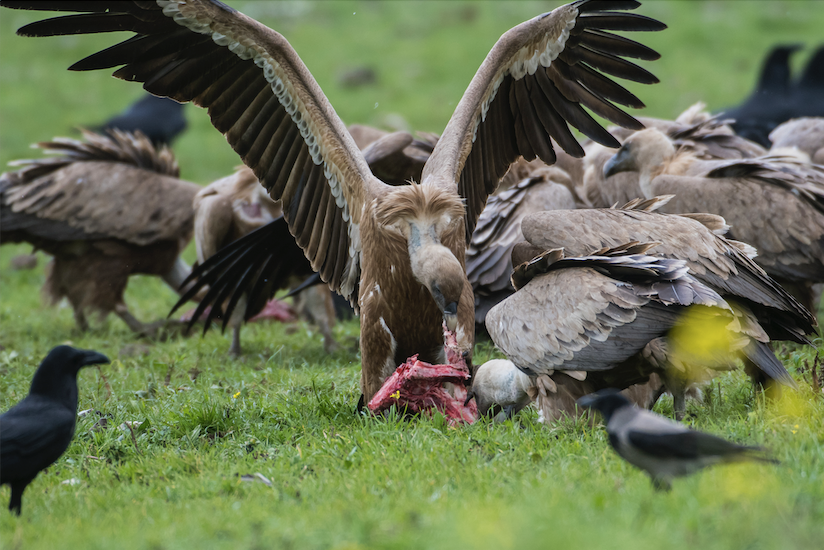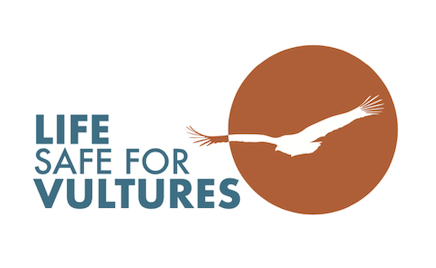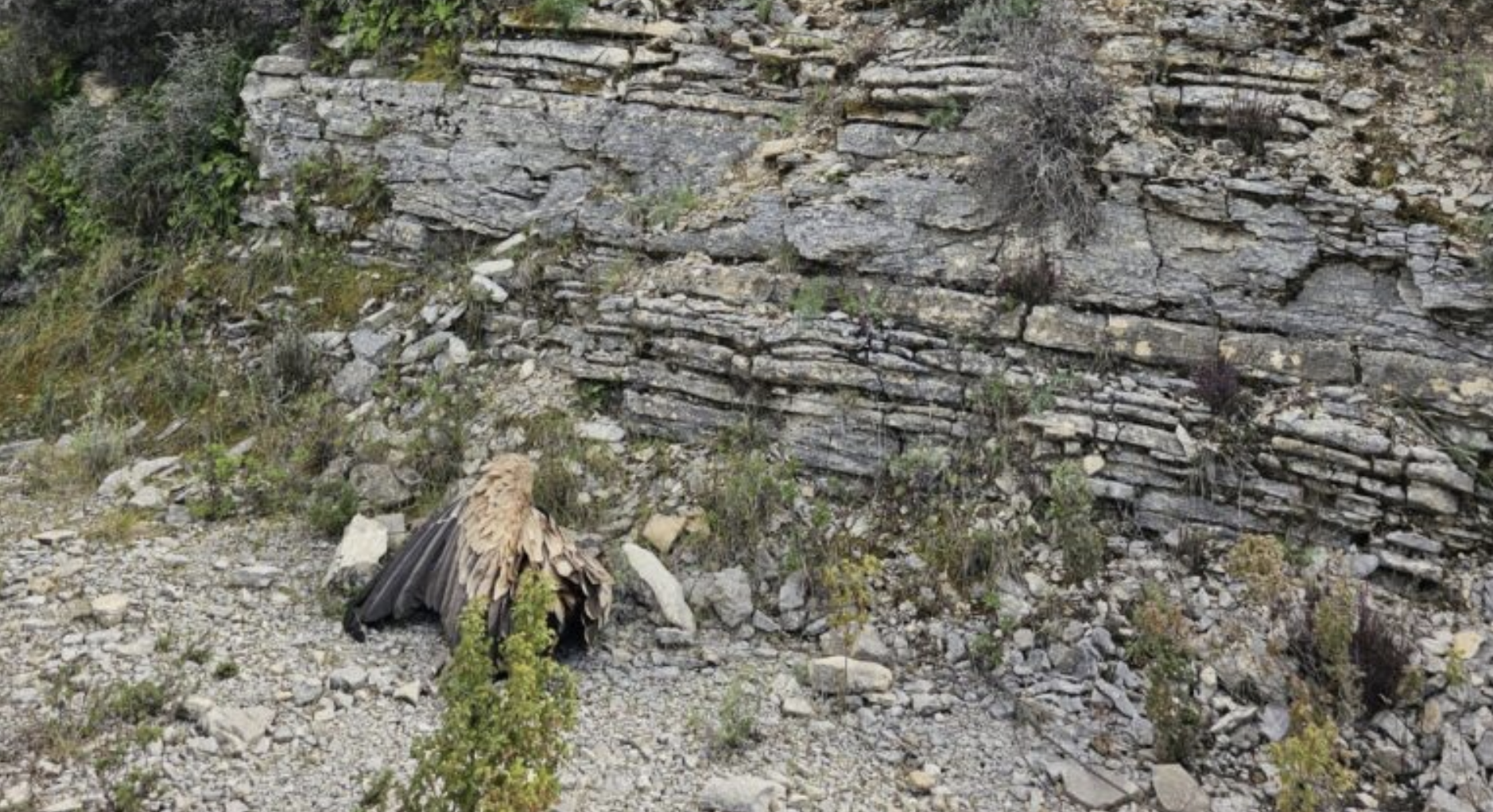A striking milestone for the LIFE Safe for Vultures project and the Asinara National Park in Sardinia: the first farm feeding station built in an Italian National Park within a conservation project. It benefits Griffon Vultures (Gyps fulvus), the environment and the local community.

The first feeding station within an Italian National Park
At the end of May, Life Safe for Vultures partnered with Asinara National Park in Sardinia to break not one, but two records. The farm feeding station built on the Asinara Island is the first one in Italy to be built in a national park, and it is also the fiftieth built in Sardinia. The LIFE Under Griffon Wings project paved the way building the first farm feeding stations. The LIFE Safe for Vultures projects has been carrying on this crucial work, and it now celebrates this extraordinary milestone.
The new feeding station is situated in a true natural paradise. The Asinara island is located at the northwestern tip of Sardinia, and it homes many species of conservation interest. The island is mostly covered in Mediterranean shrubs, and it is rich in wildlife with about 150 bird species including several protected ones. Domestic animals are also present: goats, horses, cattle, sheep, pig and donkeys. The white Asinara donkey, in particular, is the emblem of the island.

A resource for Griffon Vultures and local communities
Accessible and safe food sources are vital to guarantee the food needs of the growing Sardinian population of Griffon Vultures. Therefore, the feeding stations built in private farms within the LIFE Under the Griffon Wings and the LIFE Safe for Vultures projects create a significant network together with the centralised feeding stations managed by the Agenzia Forestale FORESTAS , partner of the projects.
The Asinara feeding station will be supplemented by all domestic animals died of natural causes on the island. Not only this feeding station will represent a meaningful resource for Griffon Vultures, but it will also become an opportunity for the entire local community.
Economic and environmental benefits
By bringing the livestock carcasses to the feeding station, farmers will cut the costs of the carcasses disposal which is particularly high on the island. Typically, animal remains must be frozen until the disposal services collect, transport and incinerate them. The feeding station allows farmers to directly dispose of the carcasses, eliminating the need, and the costs, of freezing off-island transport. Moreover, since Griffon Vultures consume the carcasses, the incineration step will not be necessary either. Therefore, there will be a reduction in greenhouse gas emissions.
Tourism and community involvement
The farm feeding station within the Natura 2000 area represents a formidable business opportunity for the local community. The creation of a tourist circuit dedicated to outdoor enthusiasts makes livestock farmers and local producers key players in the Griffon Vultures conservation process. The circuit will give the community new opportunities to promote local production excellences. Nature enthusiasts, wildlife photographers and birdwatchers will also have the chance to admire Griffon Vultures feeding and resting as part of their guided excursions at the National Park.
“Beyond the record just achieved, we are very satisfied with the involvement of more and more public and private entities within the large Griffon Vulture community in Sardinia. Everyone’s contribution is fundamental for the rooting of a process that can only be successful if it is perceived and welcomed in the correct way by the communities involved”
Professor Fiammetta Berlinguer of the University of Sassari, scientific director of LIFE Safe for Vultures
Local communities participation is crucial for wildlife conservation
The establishment of the farm feeding station within the Asinara National Park is a significant achievement for the LIFE Safe for Vultures project and for the local community. First, it is the result of a successful collaboration between all the stakeholders involved: the National Park, The University of Sassari, veterinary and public health services, livestock farmers, and the Griffon Vultures conservation team. In addition, it actively includes local communities in the conservation process, and it promotes circular economy. It reinforces the idea that nature and human activities are strongly interconnected and highlights once again that the participation of local communities is crucial to the success of conservation projects.


LIFE Safe for Vultures is a project co-financed by the EU’s LIFE Programme, acting as the first step to the restoration of the vulture guild in Sardinia. The University of Sassari leads the project in collaboration with Agenzia Regionale Forestas, Sardegna Corpo Forestale, E-Distribuzione and the Vulture Conservation Foundation. LIFE Safe for Vultures builds on the work of the successful LIFE Under Griffon Wings, with the ultimate objective for Griffon Vultures to regain their historic ranges and distribution areas from the central-eastern part of Sardinia to the south and at the same time promote the long-term survival of the species on the island. The project team is working to expand the network of farm feeding stations, create several anti-poison dog units to tackle wildlife poisoning, establish an additional feeding station in the south of the island, restock the population by importing 40 additional Griffon Vultures and reduce the threat of collision and electrocution with energy infrastructures.




